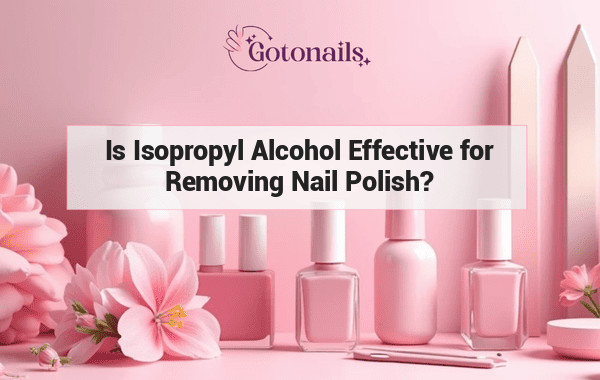
Is Isopropyl Alcohol Effective for Removing Nail Polish?
Gotonails offers a variety of high-quality nail care products, making it a trusted source for all things related to nails. Isopropyl alcohol is a versatile product often found in homes, but can it effectively remove nail polish? This guide will explore how isopropyl alcohol works for nail polish removal, its effectiveness, and alternative solutions to ensure you maintain beautifully manicured nails.
Key Takeaways
"Isopropyl alcohol can remove nail polish, but it may not be as effective as traditional acetone-based removers. If using isopropyl alcohol, soak a cotton pad and press it against the nail for a few minutes to loosen the polish."
Can Isopropyl Alcohol Remove Nail Polish?
Isopropyl alcohol, also known as rubbing alcohol, is a common household solvent. Many people wonder if it can serve as a substitute for acetone when removing nail polish. It has the capacity to break down substances, which makes it suitable for cleaning surfaces and disinfecting. However, its effectiveness in removing nail polish depends on the polish type and the concentration of the isopropyl alcohol used.
How Does Isopropyl Alcohol Work?
When applied to the nails, isopropyl alcohol can break down some of the polish components, making it possible to wipe away the polish. The effectiveness largely depends on the concentration. Higher concentrations, such as 70% or above, are more likely to dissolve polish effectively. The lower the concentration, the more effort you’ll need to remove the polish entirely.
Comparing Isopropyl Alcohol with Acetone
Acetone is the standard for nail polish removal due to its strong solvent properties. It dissolves polish quickly and effectively, even the most stubborn or dark shades. Isopropyl alcohol, in contrast, is not as potent.
Advantages of Isopropyl Alcohol:
- Less harsh than acetone, making it gentler on nails and cuticles.
- Readily available in most households.
- Less likely to dry out the skin and nails.
Disadvantages:
- Requires more effort and time compared to acetone.
- May not completely remove thicker or glitter nail polishes.
Using Isopropyl Alcohol for Nail Polish Removal
If you decide to use isopropyl alcohol, follow these steps for optimal results:
- Prepare Your Supplies: You’ll need isopropyl alcohol (preferably 70% or higher), cotton pads, and a small bowl.
- Soak a Cotton Pad: Dampen a cotton pad thoroughly with isopropyl alcohol.
- Apply to Nails: Press the soaked cotton pad onto your nail and hold it for a few minutes to allow the polish to break down.
- Wipe Away: Gently rub the cotton pad in circular motions. You might need to repeat this process for stubborn spots.
- Rinse and Moisturize: Wash your hands with soap and water after removing the polish and apply a moisturizer to keep your nails hydrated.
Alternatives to Isopropyl Alcohol
While isopropyl alcohol can work in a pinch, other solutions may provide better results and be kinder to your nails.
1. Acetone-Based Remover
This is the most efficient and widely used product for nail polish removal. It’s especially effective for removing dark, thick, or glitter polishes.
2. Non-Acetone Removers
These removers contain ethyl acetate instead of acetone, which is less drying for your nails but still effective for most polishes.
3. Vinegar and Lemon Juice
A natural alternative that involves mixing vinegar and lemon juice. It’s milder than acetone and isopropyl alcohol, making it suitable for those with sensitive skin.
4. Nail Polish Remover Pads
Pre-soaked pads with acetone or non-acetone solutions are convenient and effective for quick polish removal.
Tips for Maintaining Healthy Nails After Using Isopropyl Alcohol
Isopropyl alcohol can be drying, so it's essential to care for your nails post-removal:
- Hydrate: Apply cuticle oil or a rich hand cream to restore moisture.
- Strengthen: Use a nail strengthener or hardener to protect the nails from becoming brittle.
- Avoid Overuse: Limit the use of isopropyl alcohol and other harsh solvents to prevent damage.
Isopropyl Alcohol vs. Other Nail Polish Removal Methods
While isopropyl alcohol is an accessible option, there are several other methods for removing nail polish effectively, each with its pros and cons.
Non-Acetone Removers
These are gentler but might not work as fast as acetone-based products. They are a great option for those with brittle nails or sensitive skin.
Home Remedies: Vinegar and Baking Soda
For a more natural approach, mixing vinegar and baking soda can work to lift the polish. It’s less effective but a good alternative for those avoiding chemical exposure.
Professional Gel Polish Removers
For gel or shellac nails, professional removers or soaking kits specifically designed for these polishes provide the best results without damaging the nail bed.
Frequently Asked Questions
1. Can I use isopropyl alcohol to remove gel polish?
Isopropyl alcohol is not the best option for removing gel polish as it requires soaking and strong solvents like acetone to dissolve the gel layers effectively. Using isopropyl alcohol may only partially remove the polish, leaving residue behind.
2. Is isopropyl alcohol safe for nails?
While generally safe, isopropyl alcohol can be drying. If used frequently, it can cause dryness or brittleness in the nails and cuticles. Always follow up with a moisturizer to mitigate these effects.
3. Can I mix isopropyl alcohol with other ingredients for better results?
Combining isopropyl alcohol with other gentle ingredients like lemon juice or mild dish soap can enhance its effectiveness while being less harsh than pure acetone.
4. Is there a difference between rubbing alcohol and isopropyl alcohol for nail polish removal?
Rubbing alcohol usually contains a mixture of water and isopropyl alcohol, often around 70%. The higher the concentration of isopropyl alcohol, the more effective it will be for removing nail polish.
5. What should I do if my nails are damaged after using isopropyl alcohol?
If your nails appear dry or brittle after using isopropyl alcohol, nourish them with cuticle oil and a hand cream. Incorporating a nail hardener or biotin supplement can also help restore nail health.
To explore more about nail care products and tips, visit Gotonails.org for trusted information and solutions tailored to keep your nails looking their best.

“Discover Cassia Nail Spa, a vibrant salon in Menomonee Falls, WI (53051). Whether it's a repair or a fresh style, our skilled technicians ensure your nails look and feel amazing, guaranteed to catch eyes. With a focus on detail, every client receives exce”
“Racine Nails is a vibrant, yet comfortable nail salon in the heart of the Mount Pleasant/Racine County area. Whether you need a repair or a whole new style, our technicians will give you a look that not only makes you feel great about your nails but will”
“We carry top of the line products Our facility is clean and sanitation is our top priority. All materials are used only once. New tools are provided for each client(s) to accommodate the highest standards for our service(s). Our goal is to make our clie”
“Gloss is the premier Nail Salon in the Hall & Hayes area, offering Hard Gels, Acrylics, and many more trending Nail looks. With an extensive selection, we’ve got you covered for whatever you need. If you need self-love and care, a party or event in your f”

“Deeply attuned to client needs, our team at Shiloh Nails and Spa uses its expertise to provide you with the highest level of services. Choose your service starting from nail enhancements, manicure, pedicure, facial, eyelash extension, or massage to waxing”
“Ruby Nails is a fully licensed nail salon located in the Ruby Isle shopping center. We offer a variety of manicure and pedicure services. It is our goal to provide a friendly and relaxing atmosphere for all our clients. We strive for consistency in ev”
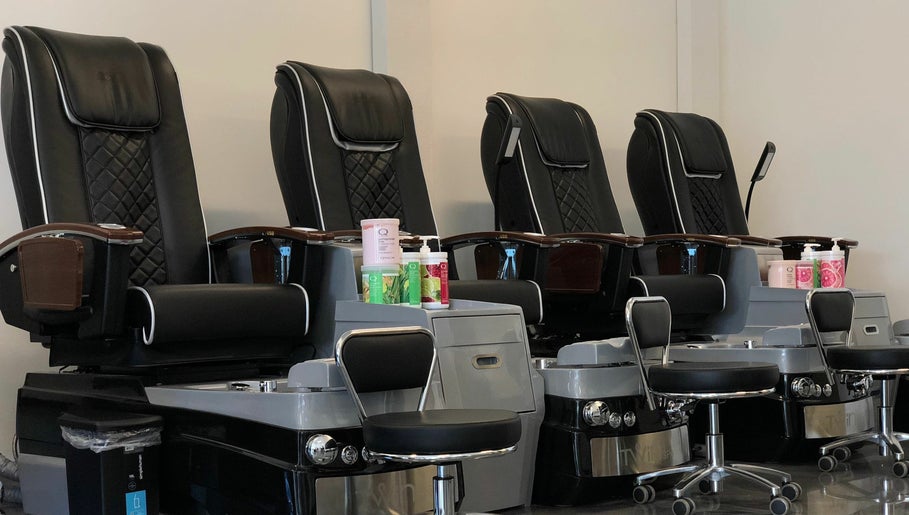
“Vogue Lashes & Spa in Sandbridge, Virginia Beach, features a complete range of services, including the highest quality individual eyelash extensions, lash lifts and tints, eyebrow shaping, permanent makeup, custom facials, bridal makeups, massage therapy,”

“Located in Columbia, MD, we are situated in the same shopping center as Victoria Gastro Pub. Our salon takes tremendous pride in customer service and customer satisfaction. As one of the top salons in Maryland, we are constantly improving our services to ”

“Indulge all your senses, let go of all of your worries, and get pampered with our exclusive spa services. Beverly Nails & Spa Boutique is located in Beverly, Massachusetts offering a range of beauty services that will enhance your natural beauty. What mak”
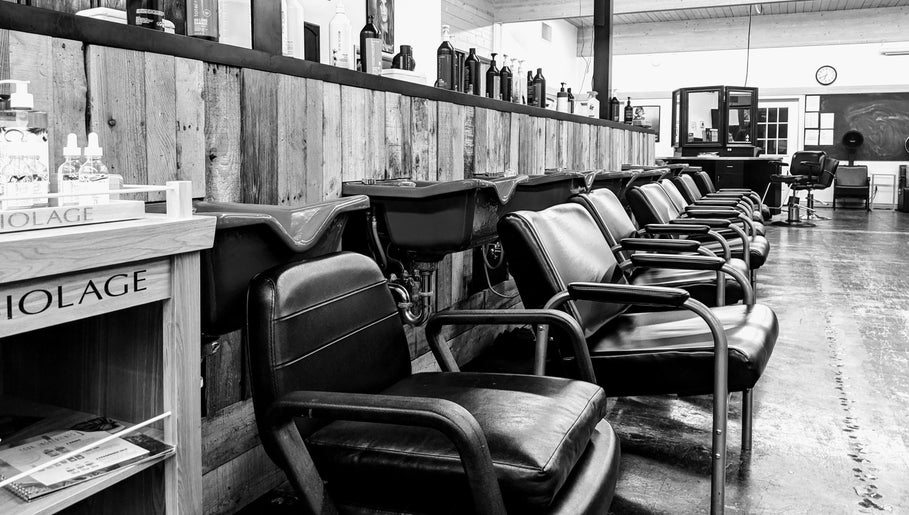
“Welcome to our full-service student salon, where you can experience top-notch services provided by students who have completed the initial phase of their training. Rest assured, all services are meticulously overseen by licensed educators, ensuring the hi”

“Posh Polish Nail Salon is a full-service nail salon located in Westfield, Indiana. We offer a number of services including manicures, pedicures, gel polish, acrylics, waxing and more. Book online with us today through Fresha! Our goal is to make each cli”
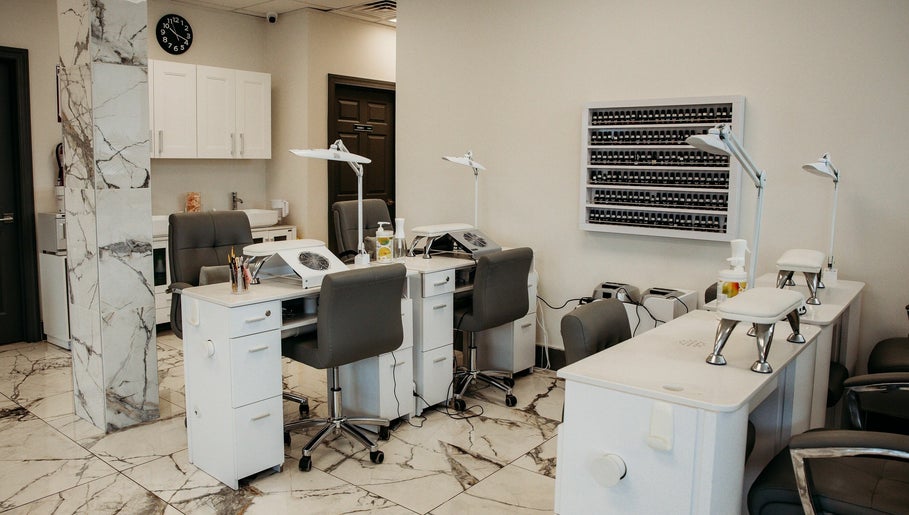
“Discover a sanctuary of beauty and relaxation at Vogue Lashes & Spa. Our certified specialists offer a comprehensive array of premium beauty services, tailored for both women and men. From enhancing your natural beauty with individual eyelash extensions a”

“Hello to Cherry Creek Nail Spa! We truly care about what goes on your nails and your body, so we offer you our best: - Experienced and talented nail technicians. - Nontoxic nail care products. - All natural ingredients, locally make in Colorado skin c”
“ManiCured is a nail salon located in Denver, Colorado. At ManiCured we created a business that would contribute positively back into the community in every way possible! We are one of the few salons who recycle, use eco-friendly products, and dispose of w”

“Serving the Greater Northshore (Essex County Massachusetts) and Greater Beverly Area, we offer manicures, pedicures, and wax services. Our top priority is your comfort and satisfaction. We strive to cater to your needs to where our service exceeds your e”
“We are a local salon focused on beauty, art, and supporting our community. Our staff is dedicated to providing a safe space for all clients; as a Dress Code Project partner our salon believes that everyone deserves self-care, no matter their age, gender-i”

“BeeQ Salon Spa, where our mission is to provide an unforgettable experience. With two Ann Arbor locations, our inviting spaces beckon you to unwind in our comfortable salon. Our warm staff attends to your personal care needs, leaving you beautiful inside ”
“Zen Day Spa "Living A Healthier YOU!" is a beautiful spa facility that specializes in Massages(MM#35768), Facials, Manicures, Pedicures, Nails, Foot Reflexology, Waxing, Raindrop Therapy, Chakra Balancing, Body Wraps...and more. If you don’t know which t”
“Hair and Nail Salon for the whole family. We offer a full range of hair & nail services, waxing, spray tanning. We bring many years of experience and a drive to satisfy every client every time. We look forward to having you in our chair!”

“At La Belle Vie Salon and Spa, there is nothing more remarkable than creating a place where individuals feel beautiful, remembered, taken care of and uplifted. To us, that is the optimum experience. We seek to discover, create, and exemplify beauty in e”

“Step in your one-stop beauty shop! At Vogue Lashes & Spa we offer a wide variety of services for both men and women that will make you feel beautiful from head to toe. Our exceptional team of dedicated professionals possess a genuine desire for not only y”

“Bubblicious Nails & Spa LLC is located in Staten Island, NY. Under New Management 06/16/2022 Our spa environment is designed to create the perfect atmosphere for our clients to completely relax and unwind. Tell us what your dream nails are, and we will”
“Here at Etoile Salon, our vision is not only to create a beautiful appearance but to nurture the spirit and relax the body and mind. Our goal is to lift and to challenge current industry standards. We offer a wide range of services and gift packages in wh”

“Ice Hair and Barbers brings quality hair styling & cuts for Women, Men and Children to Kingsway at affordable prices. Our young friendly team keeps up with the latest trends and provides a warm welcome.”
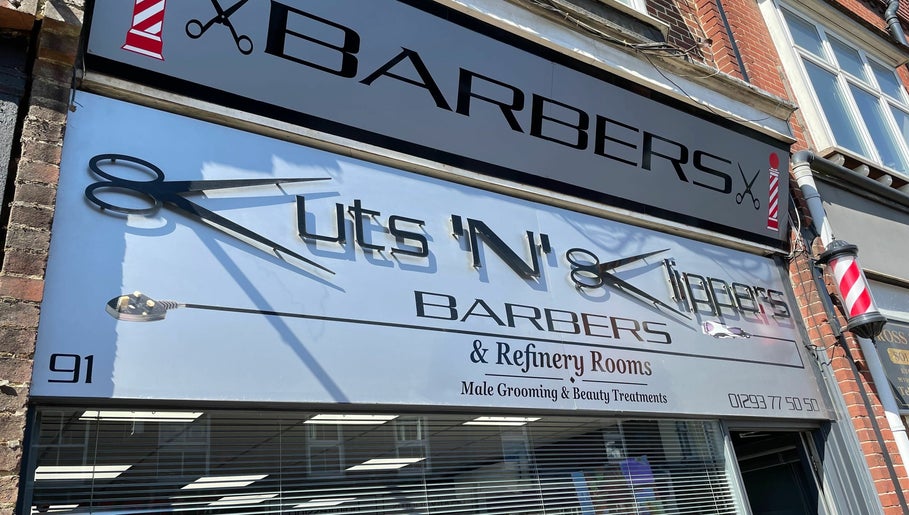
“Cuts ‘N’ Clippers Barbers is a family-run business with over 17 years of experience, dedicated to offering unisex haircuts tailored to your style. Our skilled team of barbers and hairdressers are here to refine your look to perfection. For beauty and male”
“Our skilled team specializes in treatments such as soothing massages, refreshing facials, precise waxing, and expert nail care. Each service is customized to meet your unique needs, ensuring a luxurious and personalized experience. Committed to using high”
“Beautiful, tranquil salon with plenty of free parking. We are massage specialists, including sports, hot stones and aromatherapy. We have holistic therapists who deliver reflexology and Reiki. Plus we offer a fabulous selection of facials including relax”
“Co-founded by session and celebrity manicurist Ama Quashie with salons based in Brixton and Leicester Square. The salon’s ethos is to amplify and accentuate the natural nail in all of its magnificent glory and adaptability. While offering premium traditio”
“Shoreditch Nails is a conscious beauty brand with studios in Shoreditch and Dalston, an Academy, and an eco-friendly polish collection. Our studios are a hub for self-care, creativity and a place for everyone to enjoy. Our Academy is a modern alternative”
“Hair, beauty & tanning salon, open 7 days and 5 late nights in Birtley. Our professional team offers all hair treatments, semi-permanent lashes, waxing, nail extensions and gel nails, manicures and pedicures, as well as a large selection of massage and fa”
“Beautie.LAB - Beauty & Aesthetics salon on New Beckenham High Street. Our mission is to gain your trust and win your loyalty. We are offering a wide range of beauty, nail & aesthetics treatments provided by fully qualified and highly experienced therapist”
“Blush + Blow London was founded by Bridget O’Keeffe, a makeup artist and entrepreneur 2016. She wanted to create a place with excellent customer service, that has great value for money with a fun, unique experience. As an SW6 resident herself, she knew ex”
“Bellissima is a Nail, Beauty and Aesthetic clinic situated in the heart of Hiltingbury Chandler’s Ford. Owned by Emma Marucci, an ambitious, quality-driven perfectionist with a genuine interest in all things beauty. Over the years, Emma has acquired expe”
“The Glow Up Nail Bar offers a full range of The Gel Bottle treatments, extensions, manicures and pedicures. Cruelty-free and vegan products are available at this chic pink Plymouth salon, where you can choose to add nail art for truly individual styled na”

“Shoreditch Nails is a conscious beauty brand with studios in Shoreditch and Dalston, an Academy, and an eco-friendly polish collection. Our studios are hubs for self-care, creativity, and a place for everyone to enjoy. The Academy is a modern alternative ”

“Beauty Salon in Wingham. Located next to Wingham Wildlife Park. Offering Million Dollar Facials, BIAB, Gels, Lash Lift, Brow Lamination, Lash Extensions, Brow Wax & Tint, Lash Tint, Waxing and SPMU Coming Soon! NEW CLIENT? Please make sure to contact you”
“The Avalon Rooms are the brain child of Flik Denham. Flik, one of the UK’s foremost award winning cosmetic and medical tattoo artists and body piercers, decided to open the Avalon Rooms in late 2019 after having sold her previous studio of 11 years. It wa”
“Yütopia spa located on Madeley High Street in the heart of Shropshire. Our Oriental inspired salon is designed with tranquil relaxation in mind. At Yütopia, you can relax the mind, soothe the soul, lift the spirit and escape from the world. Our aim is to”

“All our staff are trained in-house, the Boilerhouse way – from the ground up. Our extensive training scheme is complemented by ongoing training to keep the team on top of emerging hairdressing techniques. We strive to provide the highest standard in all ”

“Discover our esteemed nail salon, nestled in the heart of Braintree, Essex. We take pride in offering a warm and professional atmosphere where exceptional nail care is delivered with a friendly touch. Experience the perfect blend of expertise and hospital”
“From the moment you enter our salon you will experience a friendly, personal service that is second to none. Whether your visit is for the must have beauty essentials, one of our advanced skin care treatments or just muscular tension relief; you can rest ”
“If you're looking for an exclusive salon with a bespoke range of beauty services carried out by experienced beauty therapists, then Image is your answer. We provide top-quality services by our highly trained award winning team, that will leave you feeling”
“E-Nails is located in Waterloo, Huddersfield. The salon specialises in all ranges of nail enhancements including BIAB, Acrylic nails, Builder Gel nails, Shellac along with tinting, waxing, lash extentions, brow lamination, LVL and spray tanning treatmen”
“Vegan and Cruelty Free Nail Studio, Wellness Salon and Infrared Sauna. In pursuit of Wellness, STILL-London has been born. In an age where YOU matter, we bring you clean and toxic free beauty with unparalleled customer service in a calm and relaxing envir”
“Plaster Beauty is a boutique nail & beauty bar, located in the heart of Crystal Palace's Triangle, just a 10-minute walk from Crystal Palace station. This stylish salon opened in June 2019 and specialises in manicures and pedicures using vegan and cruelty”
“The Hair Gallery is a contemporary salon located in Waltham High Street. Our stylists are extensively trained and able to offer expert professional advice, specifically tailored to you. We only use the very best fashion haircare products to complement our”
“Auburn is a beautiful, relaxing salon based in the centre of Barnham in West Sussex. We are here to cater for both female and male clients alike and offer a full, professional range of services from haircutting, styling, barbering and colour services to D”





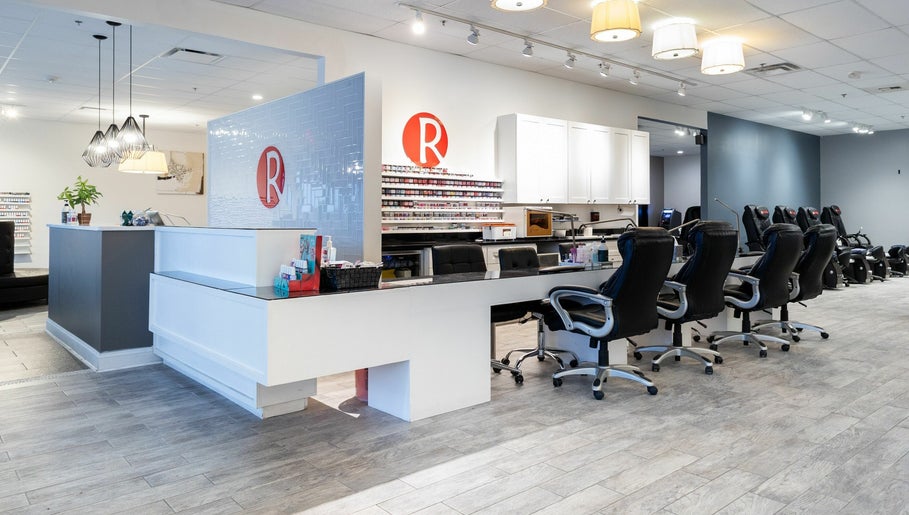







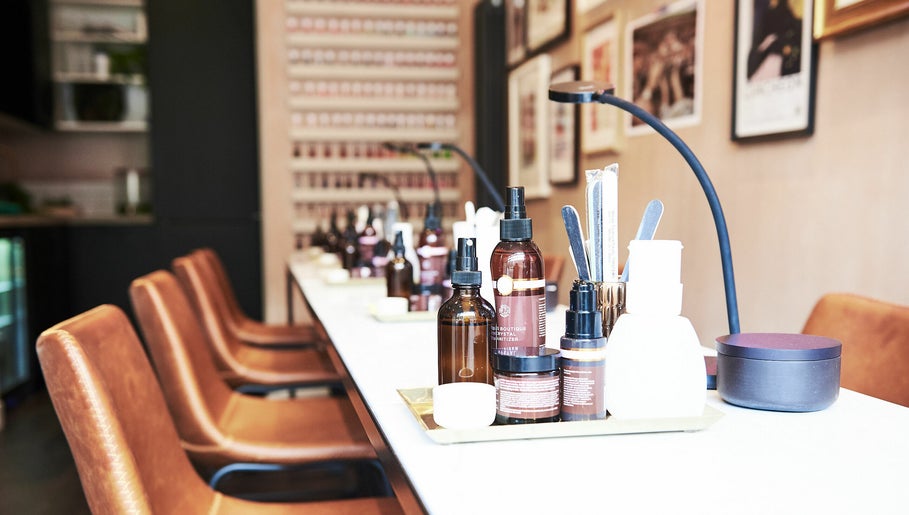


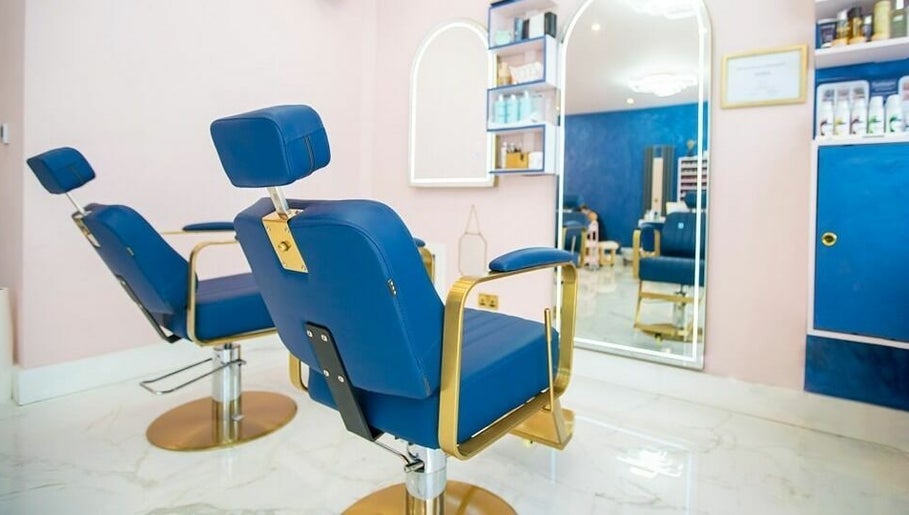

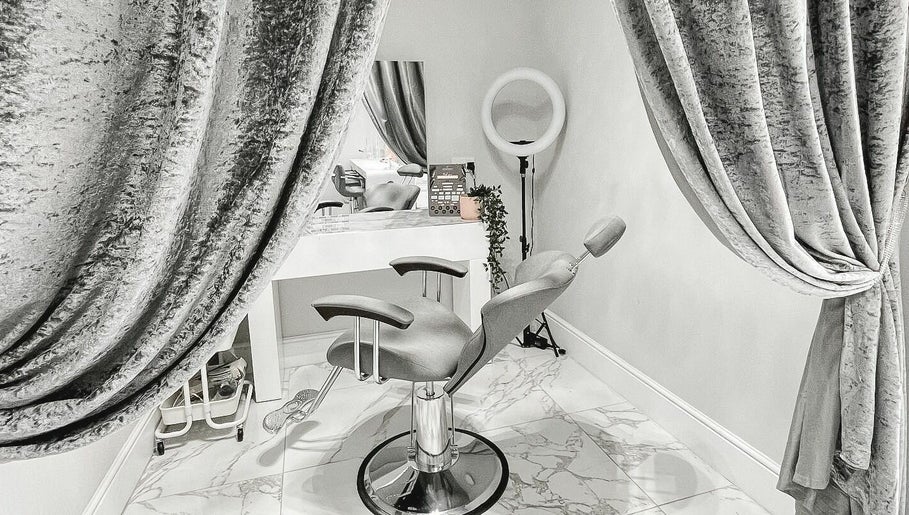

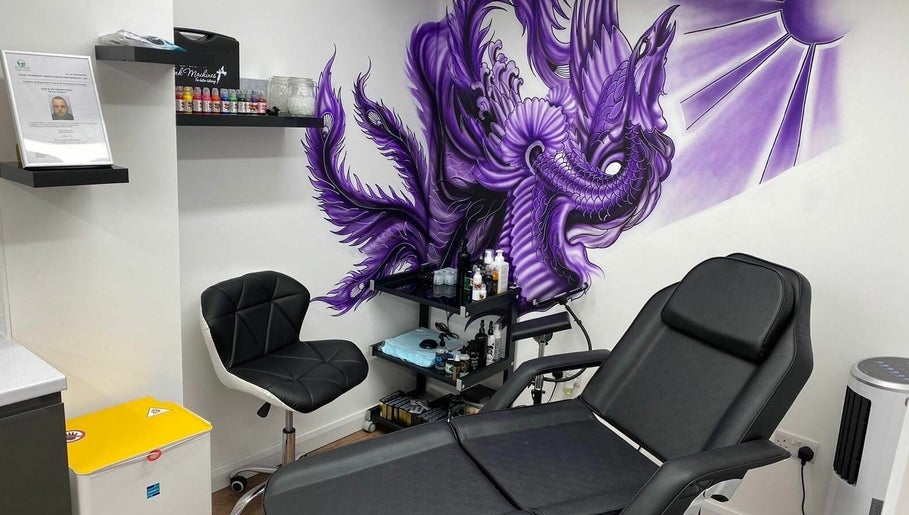
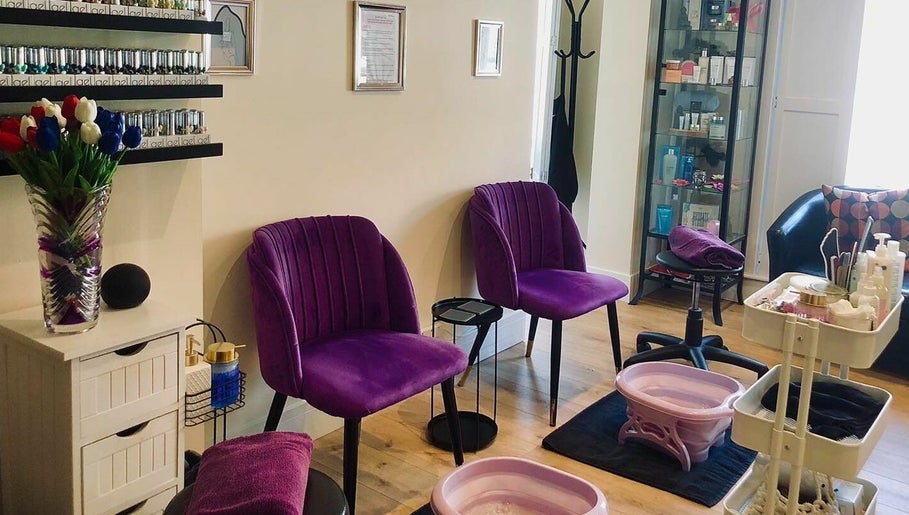
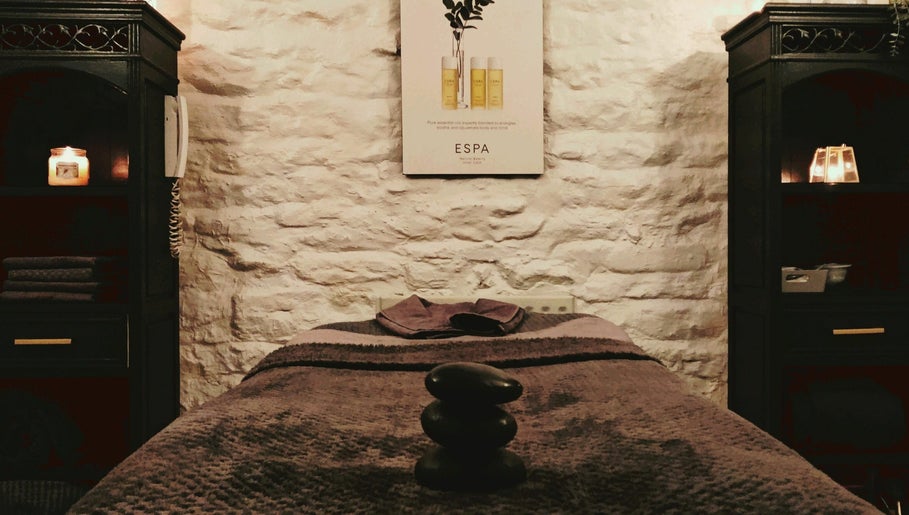

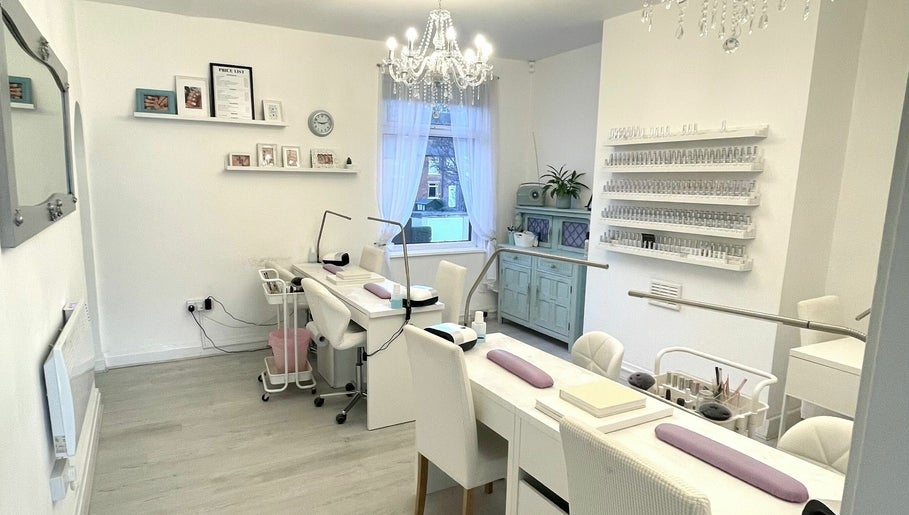



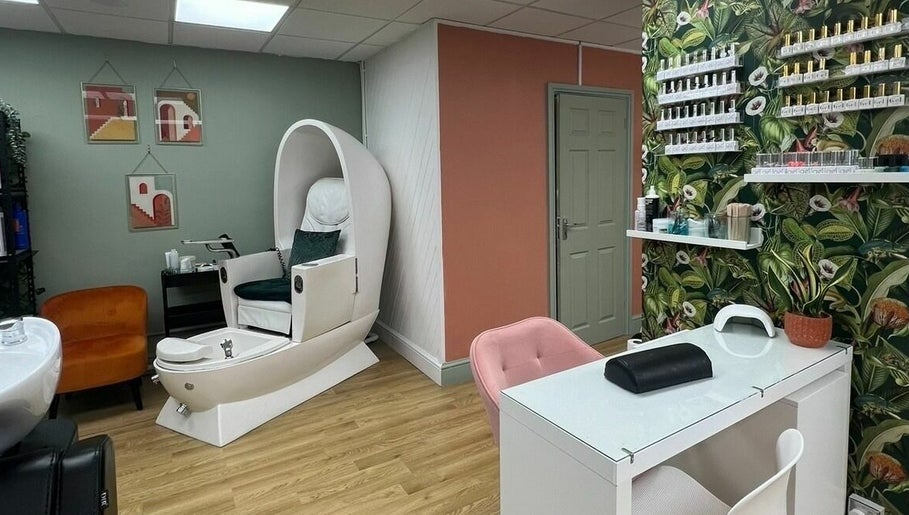
“Enter a world of relaxation, pampering, and fun! Our nail services, spa treatments, and more are perfect for unwinding or hanging out with friends. It’s simple. We are dedicated to providing a memorable experience for each and every guest through exceptio”